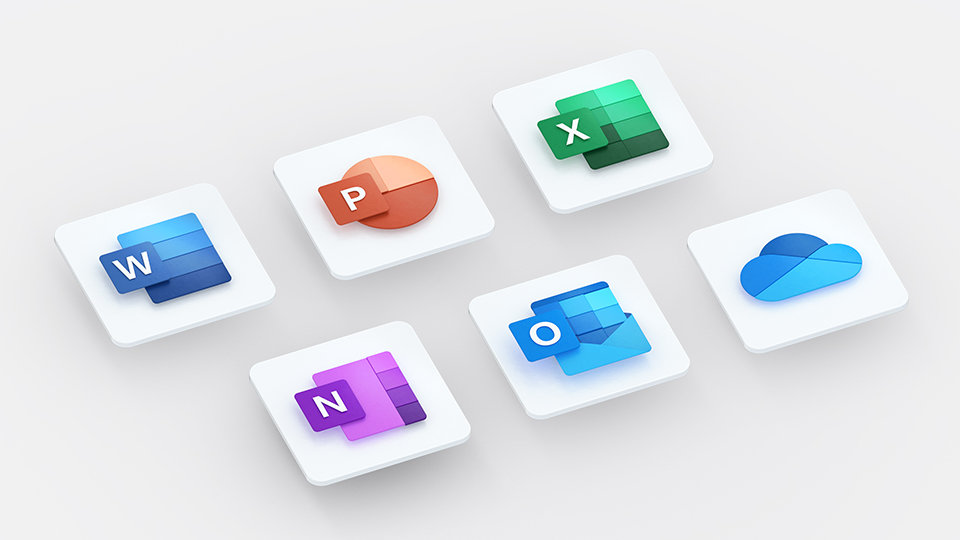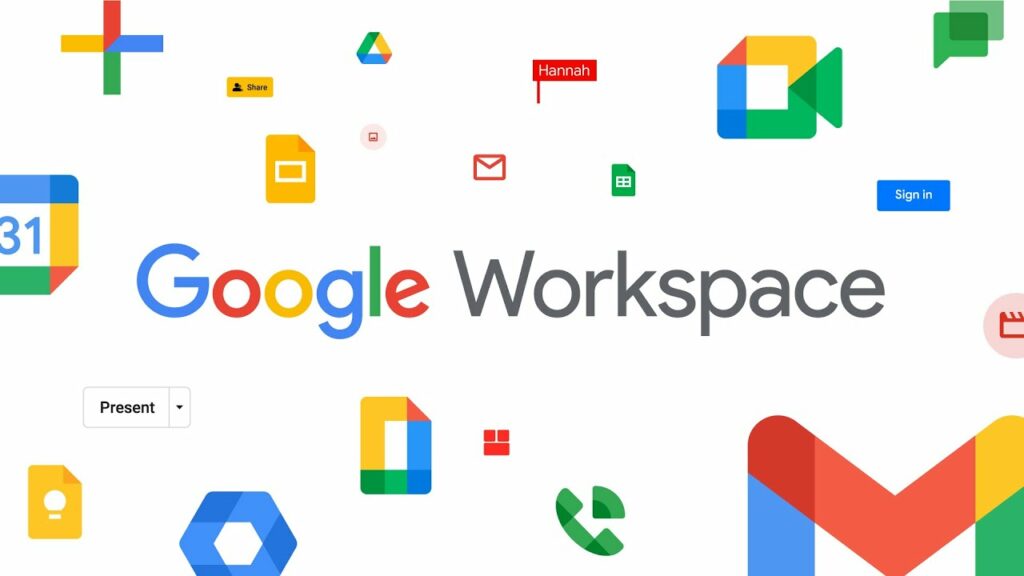Google and Microsoft have been offering productivity services to their users for now. If you move past the free tier, both companies will offer premium subscription-based office suites for pro users. In this Microsoft 365 vs Google Workspace comparison, we’ll compare the pros and cons of both services.
Both services offer several tools and features to make it easier for users to collaborate and work together. Likewise, both productivity solutions offer cloud-based applications and collaborative tools. However, if both of them have these features, which is the better one?
Microsoft 365 vs Google Workspace: Feature comparison
Both Microsoft 365 (formerly called Office 365) and Google Workspace come with a truckload of features. Here’s a brief overview of the features that both solutions offer:
| Features | Microsoft 365 | Google Workspace |
| Cloud Storage | 1TB of OneDrive storage across all plans 50GB of email storage | – Business Starter: 30GB per user – Business Standard: 2TB per user – Business Plus: 5TB per user |
| Business Applications | OneDrive, Word, Excel, PowerPoint, Outlook, Teams, SharePoint, Exchange | Sheets, Docs, Slides, Keep, Drive, Meet, Gmail, Calendar |
| Collaborative Features | – Online meetings and calls for up to 300 people – Connect and share with teams via Microsoft Teams – Allows you to collaborate on projects and documents via Sharepoint | – Meetings and video conferencing on Google Meet for up to 500 people – Corporate communication tools like email and Chat for better collaboration – Real-time collaboration features in business apps |
| Security & Support | – 24×7 online support – Microsoft online security platform – Data loss prevention – Multi-factor authentication | – 24×7 online support – Google’s online security platform – Data loss prevention – Two-factor authentication |
From the looks of it, the Microsoft 365 vs Google Workspace feature comparison seems inconclusive. While both services offer similar features, it depends on what’s best for you and your company. Also, you can get everything done from both the services that you would expect from an office suite.
Furthermore, let’s look at the pricing and plans of both services to understand them better.
Microsoft 365 vs Google Workspace: Price comparison
Secondly, here’s a quick comparison of the pricing plans that both services have to offer. In the Microsoft 365 vs. Google Workspace battle, both services have quite different plans for business and enterprise users.
Microsoft 365 plans & pricing

| Plan | Price (per user/month) | Description |
| Microsoft 365 Business Basic | $6 | This is Microsoft’s cheapest plan that directly compares with Google Workspace’s starter plan. Also, this plan costs the same as Google’s starter plan. You’ll get business emails, 1TB OneDrive storage, and online versions of Microsoft Office apps, including Teams and Sharepoint. |
| Microsoft 365 Apps for business | $8.25 | Secondly, there’s an apps-only plan that comes without business email. To clarify, you get all Microsoft apps with their click-to-run desktop versions of this plan. However, it doesn’t contain Microsoft Sharepoint or Teams either but comes with 1TB of OneDrive storage. |
| Microsoft 365 Business Standard | $12.50 | Moving on, there’s a standard business plan that’s a combination of the two previous plans. It comes with all cloud features and desktop click-to-run Microsoft Office applications. It also comes with business tools like Outlook Customer Manager and Microsoft Invoice. |
| Microsoft 365 Business Premium | $22 | The Premium plan contains all previous cloud and desktop applications, plus Microsoft Intune Management and Deployment Tools and Office 365 Advanced Threat Protection for security and access control. |
| Office 365 E1 | $10 | Furthermore, the first basic enterprise plan consists of all cloud services along with 50GB of email storage and 1TB of OneDrive Business storage. Although there’s a catch; it includes mobile and web apps but not desktop apps. |
| Office 365 E3 | $23 | Then there’s the second enterprise plan with all the benefits of the E1 plan with the addition of Office desktop apps. Also, the email storage increases to 100GB, and the OneDrive storage is unlimited. |
| Office 365 E5 | $38 | Finally, the top-of-the-line enterprise plan houses all E3 features plus security features like eDiscovery, Microsoft Defender for Office 365, and Office 365 Cloud Security. |
Google Workspace plans & pricing

| Plan | Price (per user/month) | Description |
| Google Workspace Business Starter | $5 | Google’s starter workspace plan, aimed at small companies, includes business Gmail with a custom domain and certain productivity apps. Likewise, the cloud storage on Google Drive has a limit of 30GB per user. |
| Google Workspace Business Standard | $12 | Further, there’s the Business Standard plan which Google marks as the most popular one. This adds additional security and 2TB of Drive storage per user. Additionally, users can create shared drives to share and manage files. |
| Google Workspace Business Premium | $18 | The Premium plans to introduce eDiscovery features and upscale the Drive storage to 5TB per user. Google Meet meetings can have 250 participants per user on this plan. |
| Google Workspace Enterprise | $25 | Finally, the Enterprise plan adds security and management features. You will get S/MIME encryption and support for hardware security keys for the per-user price increase. Note that prices for this plan may vary across enterprises. |
While pricing is similar for both services, Microsoft offers diversity in plans so you can get exactly what you’re looking for instead of opting for a higher-tier plan that you cannot fully utilize. To view detailed pricing, you can check Microsoft and Google’s pricing pages.
Final words
In the Microsoft 365 vs. Google Workspace battle, the “better” choice is subjective. Both services offer similar services and pricing. However, the critical difference is based on what these services are built on.
To clarify, Microsoft’s 365 Office suite consists of desktop office apps as its base, including cloud-based services. Meanwhile, Google Workspace entirely relies on web versions and browser-centric features. You will have to use all of Google’s services via a web browser.
Hence, if actual desktop apps are something that matters to you, you should probably opt for Microsoft 365 instead of Google Workspace. Certainly, the “better” choice in the Microsoft 365 vs. Google Workspace battle is subjective.

